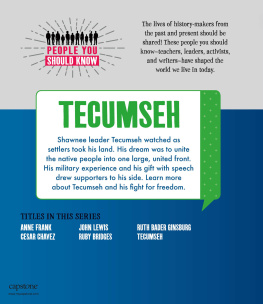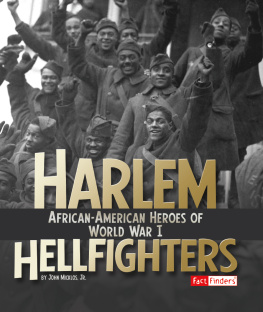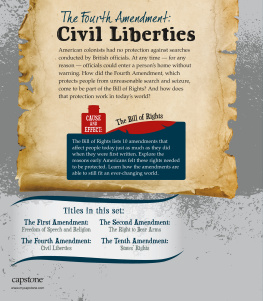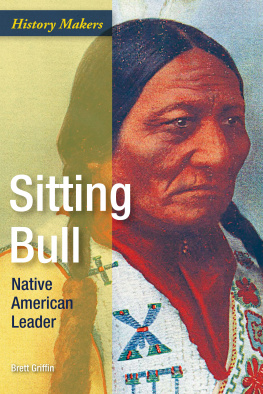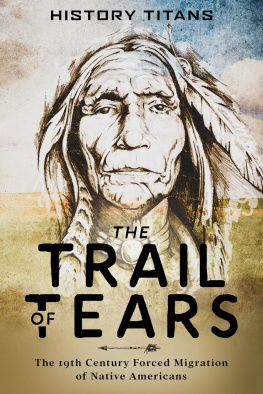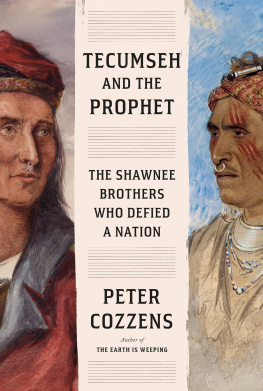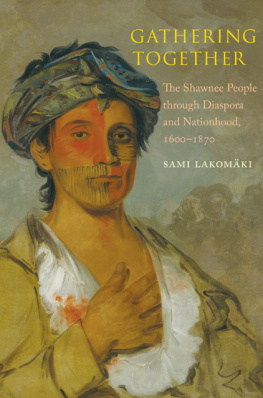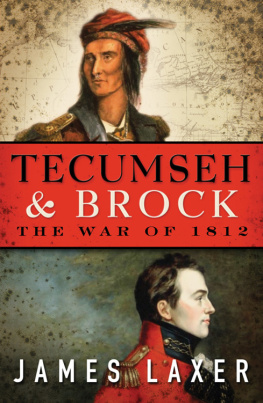Historic Shawnee sites have been found in the United States, Canada, and Mexico.
The Shawnee people traveled from place to place to find food.
The Shawnee
Shawnee territory originally stretched across Ohio, West Virginia, and parts of Pennsylvania. The Shawnee are an Algonquian tribe. They are closely tied to the Fox, Kickapoo, Delaware, Seneca, and Sauk tribes. Men hunted and women grew food. In the mid-1600s, they were forced from their lands by the Iroquois. They returned around 1725, but by the 1760s pioneers had begun moving west.
The Revolutionary War (17751783) brought white conflict across the continent. Although most major battles took place near the colonies, others spilled onto the frontier. Both the colonists and Great Britain tried to gain support from Native American tribes.
Many tribes tried to stay out of the war. For others, siding with the British made sense. In 1763 the British government had passed a law that kept settlers from traveling west. The Native Americans hoped that, if the British won, this protection would continue.
The Revolutionary War was a fight between Great Britain and the colonists. But it was also a contest for native land.
But Great Britain lost the war. In 1783 they signed the second Northwest Territory. No native people had a role in signing the treaty. The United States opened up that land to white settlers in 1787.
a map showing the Northwest Territory, 1787
Tricky Treaties
Between 1778 and 1871, Native American tribes signed hundreds of treaties with the U.S. government. The first treaty was a military pact with the Delaware. Both parties agreed to assist each other in times of war. However, historically most of the treaties were broken when it was convenient for the government.
3
CONFLICTED
Cheeseekau trained his brother for battle. Tecumseh soon became skilled in using war clubs, bows and arrows, knives, and muskets. He was also a skilled hunter, often bringing down enough game to share with his friends and neighbors.
In 1786 the brothers left to fight the Long Knives, which is what the Shawnees called the colonizers. Tecumseh soon earned a reputation as a brave warrior.
As a young man, Tecumseh led raids across Tennessee and Kentucky.
The Northwest Territory was formed in 1787. Once 60,000 settlers lived in a territory, it could apply for statehood. Ohio became a state in 1803.
Speak Up
Tecumseh was not only known for hunting and fighting. He was also a great speaker.
In 1790 the governor of the Northwest Territory, Arthur St. Clair, raised an army of more than 1,400 men. He hoped to destroy villages belonging to the Miami, Shawnee, and Delaware people. At first, the villagers fled. But under the leadership of Miami chief Little Turtle, they quickly organized and began a counterattack. St. Clairs inexperienced army, led by General Josiah Harmar, was easily defeated.
Blue Jacket, they surrounded St. Clairs army at dawn. Most of the white men were killed or wounded. St. Clair was forced to resign from the army.
The Battle of Wabash lasted for around four hours. It was a great victory for Little Turtle and Blue Jacket.
St. Clairs Defeat
Tecumseh did not take part in the battle, now known as the Battle of Wabash or St. Clairs Defeat. He led a group of scouts who were some distance from the fighting. The battle convinced Tecumseh that working together was the answer to defeating the white settlers.
Throughout the early 1790s, Shawnee raids. The U.S. Army built forts to protect the settlers. Native Americans in the area found the forts threatening.
In June 1794 Shawnee Blue Jacket decided to attack supply trains coming into Fort Recovery in Indiana Territory. He hoped that, without supplies, the soldiers would leave. Some of the British forts provided Blue Jackets men with weapons. They also promised protection. Blue Jacket led two attacks against Fort Recovery.
DID YOU KNOW?
In the fall of 1792, Cheeseekau had a vision he would be killed in battle. He died shortly after while attacking a fort in what is central Tennessee today.
Losing Their Land
The Treaty of Greenville was signed in 1795 after the Battle of Fallen Timbers. It ended the Northwest Indian War and called for peace between the U.S. government and the Indians. But it also gave the United States claim to settle most of Ohio and parts of Indiana, Illinois, and Michigan. The tribes were still allowed to hunt on the land, although they no longer owned it. Tecumseh did not support the treaty, but other chiefs signed it.

